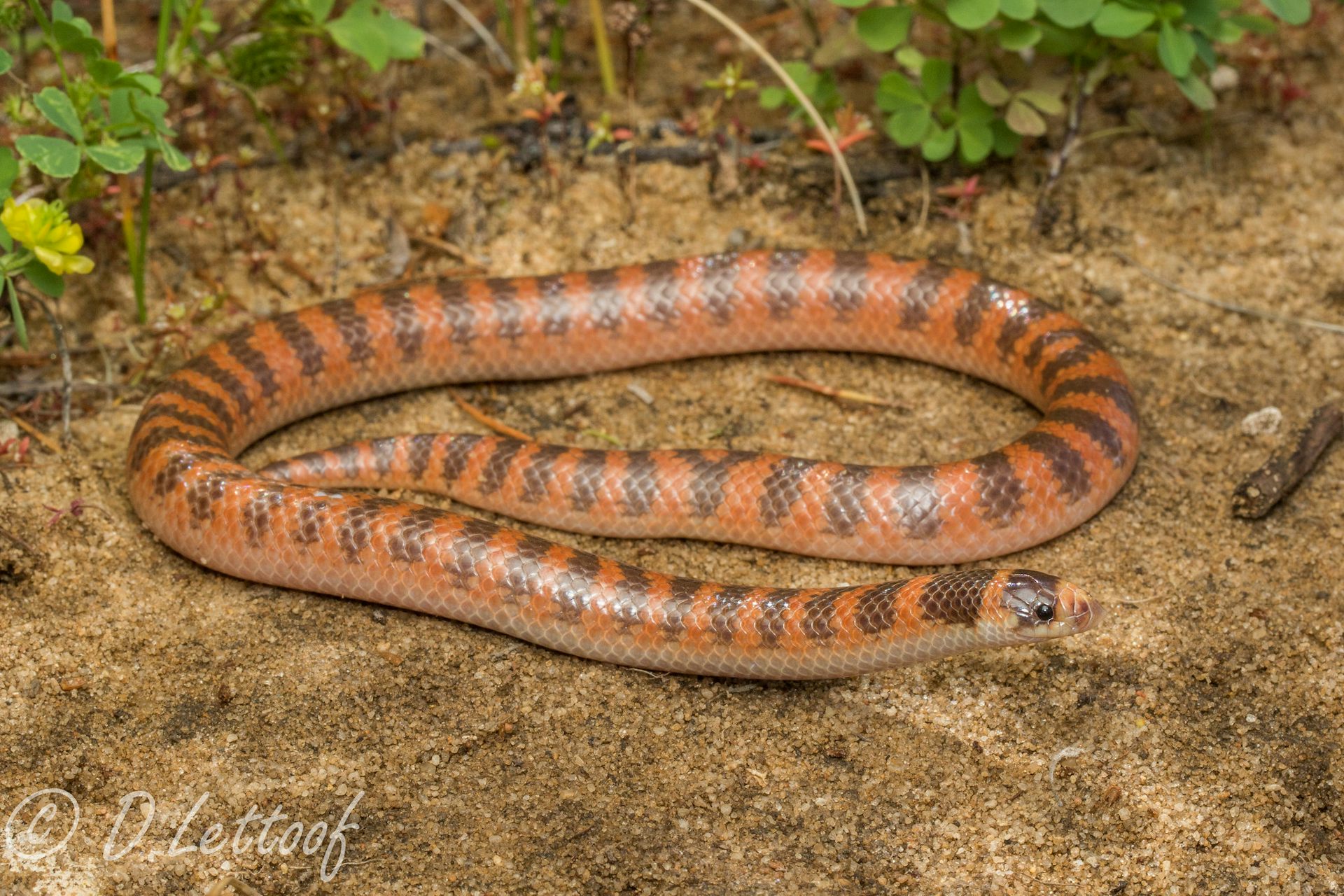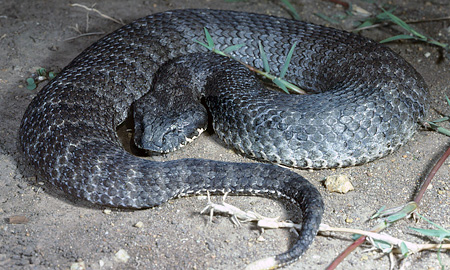Introduction
When it involves venomous serpents, Australia is home to several of one of the most fascinating and unsafe types in the world. Amongst these, the Tiger Snake stands out not just for its powerful venom however also for its intriguing actions. Comprehending the actions of venomous snakes like the Tiger Snake is crucial for both wild animals lovers and those staying in locations where these snakes are present. This write-up looks into numerous facets of Tiger Snake habits, habitat, recognition, precaution, and first aid methods in case of a serpent bite.
Understanding the Behavior of Venomous Snakes Like the Tiger Snake
The Tiger Snake, medically referred to as Notechis scutatus, is notorious for its aggressive nature when intimidated. These serpents exhibit a variety of habits that can be quite various from their non-venomous equivalents.

Characteristics of Tiger Snakes
The Tiger Snake is quickly well-known due to its distinct bands or red stripes that resemble a tiger's markings. They can differ in shade from yellowish-brown to dark olive or black. This coloration serves not only as camouflage but additionally as a caution signal to possible predators.
Adaptability to Environment
One impressive element of their behavior is their versatility to numerous settings. Discovered largely in seaside areas, marshes, and wetlands throughout Australia and Tasmania, they can grow in diverse habitats consisting of urban areas.

Hunting Techniques
Tiger Snakes are ambush killers largely eating fish, frogs, and little animals. They possess keen sight and an intense sense of odor which helps them in locating target effectively.
Venom Composition
Their poison consists of neurotoxins that affect the nerve system, causing paralysis Great post to read or fatality in smaller sized animals. For people, prompt clinical attention is crucial after a tiger snake bite due to its potentially deadly effects.
Natural Habitat of Tiger Snakes
Preferred Locations
Understanding where these serpents live sheds light on their behavior patterns. The tiger snake habitat includes:
- Coastal regions Swamps Grasslands Urban locations with bountiful water sources
Seasonal Movements
During warmer months, Tiger Snakes are extra Take a look at the site here active as they bask in sunlight or search for food. On the other hand, chillier months see them pulling back into hibernation sites.
Are Tiger Snakes Venomous?
Yes! The concern "are tiger snakes poisonous?" usually develops amongst those not familiar with this varieties. Their venom is considered one of the most dangerous amongst all snake types worldwide.
Symptoms of a Tiger Serpent Bite
If bitten by a tiger snake, signs and symptoms may include:
- Localized pain Swelling at the bite site Nausea and vomiting Sweating and confusion
Immediate clinical assistance is critical as neglected bites can cause extreme health issues or perhaps death.
First Aid for Snake Bites: Quick Feedback Guide
Knowing how to provide emergency treatment for a serpent bite might conserve a person's life. Right here's what you must do:
Step 1: Remain Calm
Keeping tranquility aids slow down heart rate which lowers poison spread.
Step 2: Paralyze the Influenced Area
Keep the influenced limb still and listed below heart degree if possible.
Step 3: Call Emergency Situation Services
Always seek professional medical help promptly after a snake bite.
First Aid for Serpent Bite Package Essentials
A well-equipped snake bite emergency treatment kit ought to consist of:
- A compression bandage Antiseptic wipes A set of scissors An ice bag
Safety Safety measures: Stopping Serpent Bites in Australia
Awareness Programs
Educating neighborhoods regarding local snake species and their habits can substantially minimize encounters bring about bites.
Avoiding Hazardous Areas
Staying far from long yard throughout warmer months minimizes call with serpents that could be resting or hunting.
Common Misunderstandings Concerning Tiger Snakes
Many people believe mistaken beliefs about the behaviors of tiger snakes cause unnecessary worry. Below are some information:
Myth 1: All Tigers Are Aggressive
Not all tiger snakes will present aggression if left uninterrupted; lots of prefer running away as opposed to confrontation.
Myth 2: They Chase Humans
Tiger snakes do not actively go after human beings; they might strike when they feel intimidated but will typically retreat if offered space.

Conservation Efforts Related to Poisonous Snakes
Conservation initiatives concentrate on enlightening areas concerning protecting local wildlife while reducing human-snake interactions.
Importance of Ecosystems
Understanding that venomous snakes play an essential role in preserving ecological balance aids foster appreciation rather than worry towards them.
FAQs Regarding Tiger Snakes
What needs to I do if I come across a tiger snake? https://emilianosgmd.bloggersdelight.dk/2024/10/19/first-aid-for-snake-bites-at-home-preparation-and-response-2/- Maintain range and slowly back away without abrupt movements.
- While attacks aren't very common due to recognition efforts, they still happen each year within Australia.
- Baby tiger serpents can deliver full doses of poison regardless of being smaller; for this reason caution is suggested around them.
- They largely consume frogs, fish, little animals like rodents, and other reptiles.
- It's prohibited in a lot of territories without correct licensing as a result of safety problems regarding their venom.
- Wear strong boots and remain on significant routes; appearance before placing hands or feet into concealed spaces like rocks or logs.
Conclusion
Understanding the habits of poisonous serpents like the Tiger Snake not just enhances our understanding yet likewise promotes safety recognition among those living near their habitats. From acknowledging their characteristics, comprehending first aid methods complying with a bite, with involving conservation efforts-- every element plays an essential duty in cultivating coexistence with these interesting reptiles while valuing their place within our ecosystem.
As we strengthen our understanding through education and experience, we contribute positively toward ensuring both human safety and wild animals conservation-- benefitting all events involved!